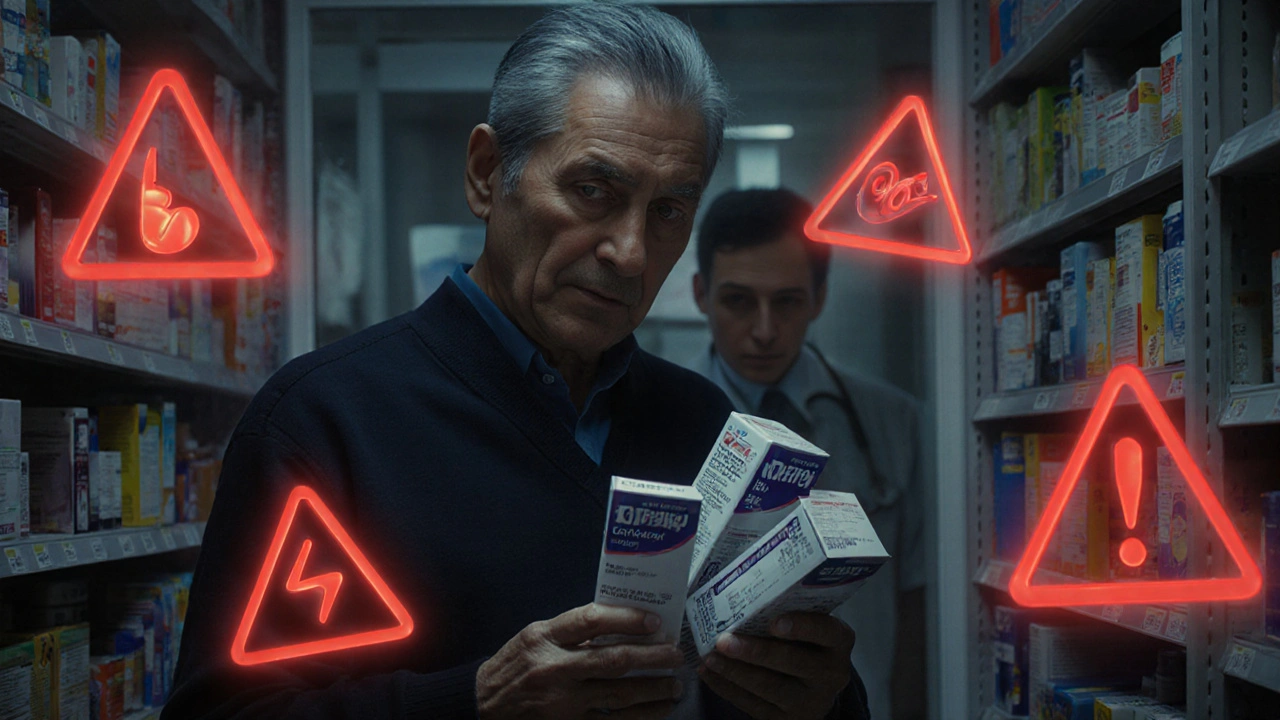OTC switches make medications more accessible, but they also increase risks like drug interactions and misdiagnosis. Learn how to use over-the-counter drugs safely and avoid common mistakes that can harm your health.
Prescription to OTC: What You Need to Know About Medications That Switch Categories
When a drug moves from prescription to OTC, a process where the FDA approves a medication for sale without a doctor’s order. Also known as drug reclassification, it happens when a medicine proves safe enough for people to use on their own, with clear labeling and minimal risk. This isn’t just a paperwork change—it affects how you take meds, what you pay, and even how your body reacts.
Think of it like this: drugs that once needed a doctor’s signature now sit right next to pain relievers and antacids on store shelves. Common examples include omeprazole (Prilosec OTC), loratadine (Claritin), and naproxen (Aleve). These weren’t always available without a prescription. The FDA reviews them for safety, dosage limits, and how well patients understand the instructions. If the data shows people won’t misuse them and side effects are rare and mild, the switch happens. But here’s the catch: just because it’s OTC doesn’t mean it’s risk-free. Many people don’t realize that switching from prescription to OTC can hide underlying conditions. For example, using OTC heartburn meds for years without checking for GERD or ulcers can delay real treatment.
Related to this are FDA drug reclassification, the official process that allows certain medications to become available without a prescription, and over-the-counter drugs, medications approved for self-use with clear labeling and dosage instructions. These aren’t just cheaper versions of pills you used to get from a pharmacy counter—they’re often the same exact formula, just sold under a different name. Authorized generics, for instance, are identical to brand-name drugs but sold without the brand label, and many of them started as prescriptions before becoming OTC. This shift also means you need to pay attention to interactions. A drug you took with your doctor’s oversight might now be mixed with other meds you buy on impulse. That’s why things like CYP3A4 interactions, which affect how your liver processes drugs, still matter—even if you’re not seeing a doctor anymore.
What you’ll find in these articles is real-world guidance on how to handle this transition safely. You’ll learn how to spot when an OTC switch is right for you, what red flags to ignore, and how to avoid dangerous mistakes like doubling up on active ingredients. Some posts dive into specific cases—like how ranitidine caused constipation and was pulled from shelves, or how azilsartan helps lower heart disease risk and why you shouldn’t swap it for random OTC alternatives. Others show you how to read labels, track side effects with FDA MedWatch, and know when to go back to your doctor. This isn’t about replacing medical advice. It’s about giving you the tools to make smarter choices when you’re managing your own health.

